Bodega’s Vegamar, the bodega based in Calles in the Valencia region, has just introduced two new “sparkling” wines made by the ‘Ancestral’ method, the first to be registered as such by DO Valencia.
Understanding the world of sparkling wines is complex and there are many different ways of achieving the bubbles in your bottle! Cava, Champagne and English ‘Traditional Method’ are all essentially the same. Only wines from Champagne can be called after the region. Cava from Spain is made in a handful of defined geographical regions, including Requena to the west of Valencia…even if Cataluña is better known.
In the UK, wines by the same method are now winning international competitions and beating the French at their own game. They are using the same grapes, originally from the Champagne district. They are grown on the same oyster-based / chalky soils, which dive under the channel, re-emerging in Sussex.
The Beginnings of Sparkling Wine
Ironically, ‘Champagne’ was initially an error. After the harvest, the wines were fermented and bottled. However, the wines would re-ferment in the bottles regularly causing explosions. In those without sufficient pressure, it would produce cloudy wines as the yeasts were stirred up when the bottles were opened. Although some sections of French society liked these wines, others did not. It wasn’t just the Champenoise having the problem! It was common in England too where, during medieval times, the monasteries had extensive vineyards as far north as York.
The problem was caused by the very cold weather in autumn and winter, stopping the fermentation before it had naturally completed the process. In spring, the warmer weather restarted the whole fermentation process with devastating effects.
Englishman Christopher Merret (1615-95) identified the problem. He worked out the subsequent way to fully ferment the wine first before adding sugar and yeast to the wine in bottle to provoke the second fermentation. It was explained in a paper to the Royal Society in 1662. Moreover, the heavy glass bottles capable of standing up to the pressure of the wine were invented by Robert Mansell. They were for a long time called ‘Verre Anglais’ by the French.
Some 35 years later, in 1697, Dom Pérignon was called to Hautvillers which is known as “the cradle of Champagne.” By this time the English had long been using the method for production of sparkling wines and ‘Perry’ (Pear wine). Dom Pérignon can claim credit for the blending of varieties however.
Vegamar’s Ancestral Method
Pablo Ossorio and Maripaz Quilez Porter at Vegamar (Director and winemaker respectively) have cleverly taken this historical anomaly and turned it into a vinous virtue with the two new wines.
A white from Merseguera (the local white variety) and a rosado from Merlot are individually fermented until the sugar level is reduced to 18gm per litre. Then, in an imitation of the historical method, the fermentation is deliberately stopped early… leaving a wine with a higher natural sugar level. The wine is bottled and only yeast added and a second fermentation takes place in bottle, using the natural sugars in the wine. When this has finished, with four months contact with the dead yeasts, the wine is disgorged before being placed on the market.
The white is yellow in colour with intense green flashes. On the nose it is intense with fresh fruit, citrus note, crystallised orange over a light floral base. Creamy on entry, the bubbles are well integrated, fruity with a good balancing acidity. This is a wine capable of accompanying all stages of a meal.
The rosado is a subtle pale red, salmon colour. The nose is initially floral (violet) and then red fruits with citrus notes. Refreshing creamy mousse on entry, red fruit flavours with a good balancing acidity and a long easy finish.
Our tasting group liked both and the wines are both available from Vegamar Selección on C/Colón in Valencia, near the metro station. (Approx 10€).
Other New Releases
Sant Pere Vinyes Velles 2017 from the cooperative in Moixent (DO Valencia) is a blend of 70% Pedro Ximénez with 10% each of Malvasía and Macabeo. The Pedro Ximénez has 3 months in oak and is yellow in colour with a subtle nose, complex with dried fruit such a fig, hazelnuts and almonds. In the mouth dry with a complex long finish. (Around 6.5€)
Vinya Alfori Monastrell (Fontanars) 2017 from DO Valencia is the first release (with a Macabeo) from this new bodega. With 14-month crianza some of it in large oak vats, it is a deep red cherry colour. On the nose red mature fruits, jam. Well balanced in the mouth, fruity with gentle balsamic notes from the crianza. Around 9.5€ and highly recommended.
Riki Wigley & Marian Daras
VÍ Vid is a project supporting the development of wine knowledge and gastronomy in the Valencian Community. We run wine clubs, give tastings of Valencian wines in English and support wine-maker and bodega directly. We can be found in Instagram (Vivid8402), and through our blog VÍ Vid at https://vvidblog.wordpress.com, in Facebook, (https://www.facebook.comVivideventos and in Twitter @vividvinos.
Related Post
This site uses Akismet to reduce spam. Learn how your comment data is processed.




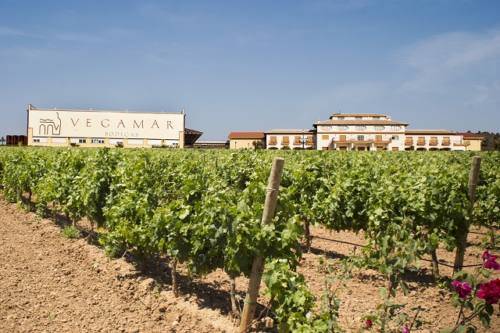
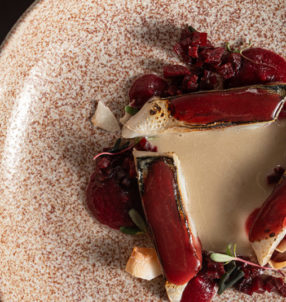
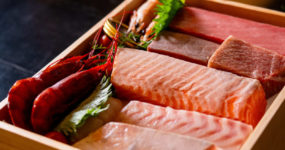
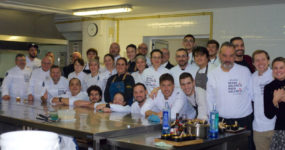
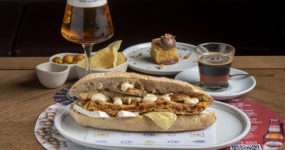
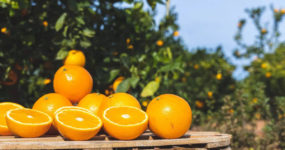

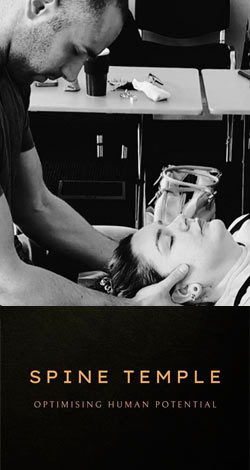















Leave a comment